The Beginner’s Guide to Enterprise Networking
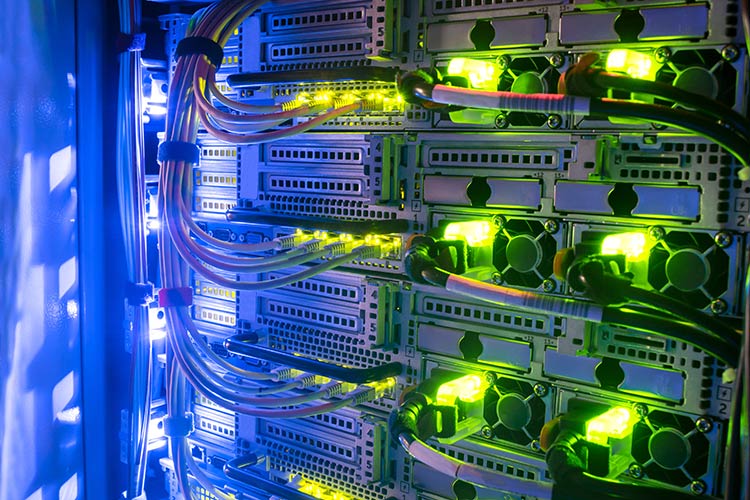
Whether we’re conscious of it or not, networks are at the foundation of many things in our lives. Computer networking is a method of connecting computers – or other devices and applications – for the sake of sharing information and resources. Networking enables data to be transmitted across servers and devices, which rely on specific […]
An Introduction to Edge Data Centers for Businesses
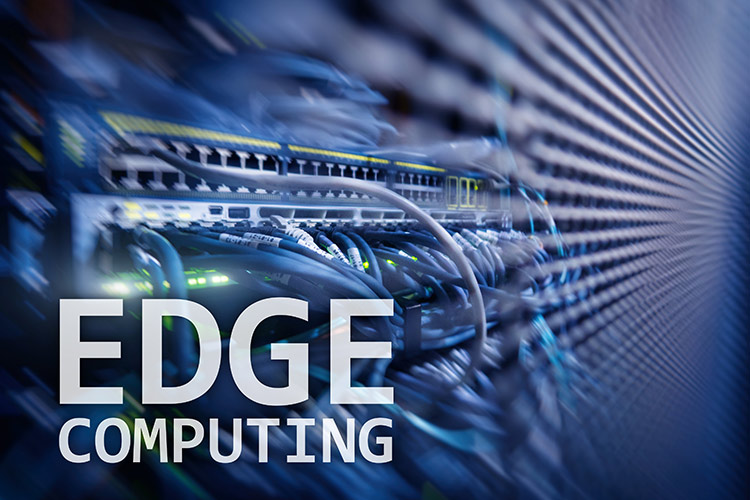
With today’s technologies becoming increasingly dynamic, the availability of data is beyond doubt one of the most important building blocks of performance. Instant availability is key for time-sensitive applications that are becoming widespread and intensively used. To make processing quicker and easier, computing isn’t centralized only in the cloud anymore. The edge data centers takes […]
Why Does Colocation Data Center Pricing Keep Increasing
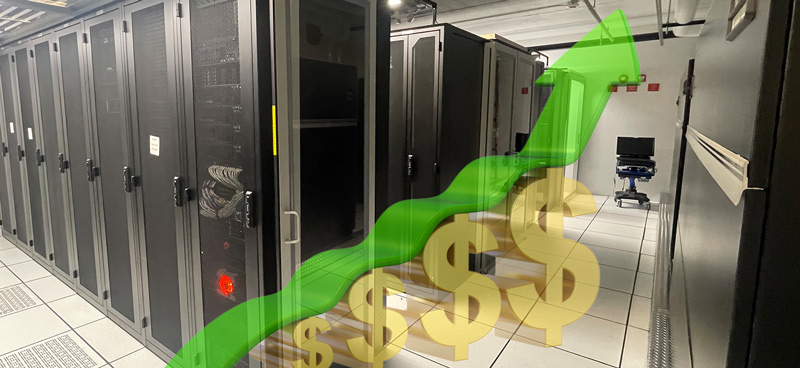
The pricing for colocation data center services has been on a steady rise for the last couple of years, according to a CBRE report. The annual surge in the quoted price per kilowatt per month by the end of 2022 hit a 14.5% increase for the wholesale price of 250-500kW, escalating to $137.90 per kW/month. […]
Do Cloud Outages Emerge as the Consequence of Prioritizing Cost over Reliability?
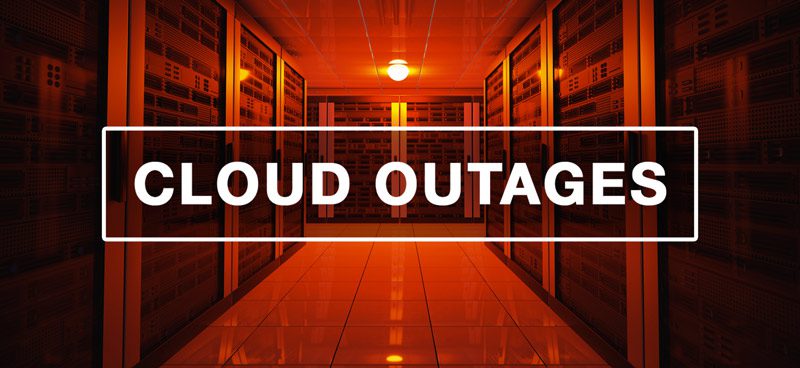
In recent years, the cloud services landscape has transformed into a super competitive marketplace. As market competition grows fierce, providers have engaged in relentless price wars to secure a more extensive client base. While the underlying mechanisms responsible for numerous cloud outages eventually come to light, the recurrence of certain issues can be attributed to the […]
How The Big Tech Outages Shows The Need For Carrier-Neutral Colocation Data Centers

The Amazon Web Services (AWS) cloud outage was disastrous. The December 7th, 2021 outage lasted a whopping 7 hours, bringing applications that run on the AWS platform to a grinding halt. One would expect that Amazon would implement solid measures to prevent a cloud outage of such magnitude from happening in the future. But on […]
What is Edge Colocation, and How it Can Help Grow Your Business

Picture this. You want to relocate your business or open a new branch in a new area. One of the things you’re looking for in the new location is a data center. The problem is, this is a tier two market. It is improbable that you’ll find a data center with the kind of interconnection solutions similar […]
How Much Data Center Colocation Space Do You Really Need

While there are several different options available when it comes to data management solutions for your business, colocation is one of the most popular among small- to mid-sized companies, as well as many large corporations. While there are indeed certain disadvantages to this model, the advantages are overwhelming. Colocation services offer scalability, efficiency, and easy […]
What’s The Difference Between Data Center Redundancy 2N vs. N+1

Since the dawn of the modern computer age, data centers have been the foundation for building our computing facilities and networking equipment. Data centers are responsible for storing, collecting, processing, and distributing data. They represent any company’s backbone that relies on applications, networking services, or data to deliver products and services to its customers. Because […]
What Are The Major Differences Between Data Center Tiers?
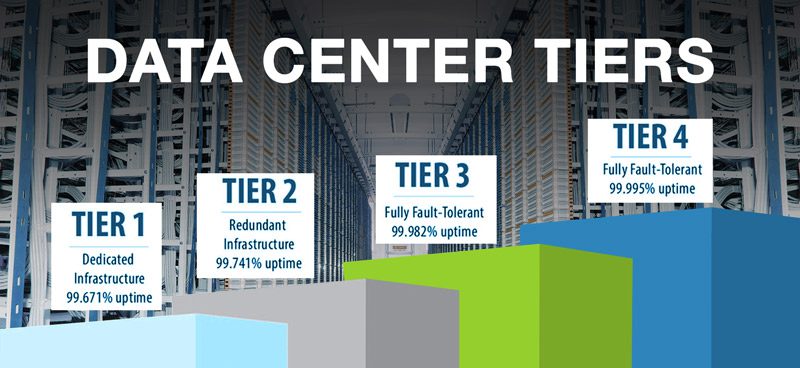
Are you choosing a suitable data center for your business? When making a decision, the tiers’ concept becomes essential because it affects performance and can be a crucial factor in determining how efficient a business is and how reliably it can deliver the goods and/or services they provide. In essence, data center tiers differentiate between […]
Bandwidth Vs. Latency: Which Is More Important?

These two components have a high impact on how quick and responsive is our internet connection. If you had a choice, would you trade one in favor of the other? Which of the two components would be more beneficial for you, or which one is more important? Before we answer that question, let’s find out […]
